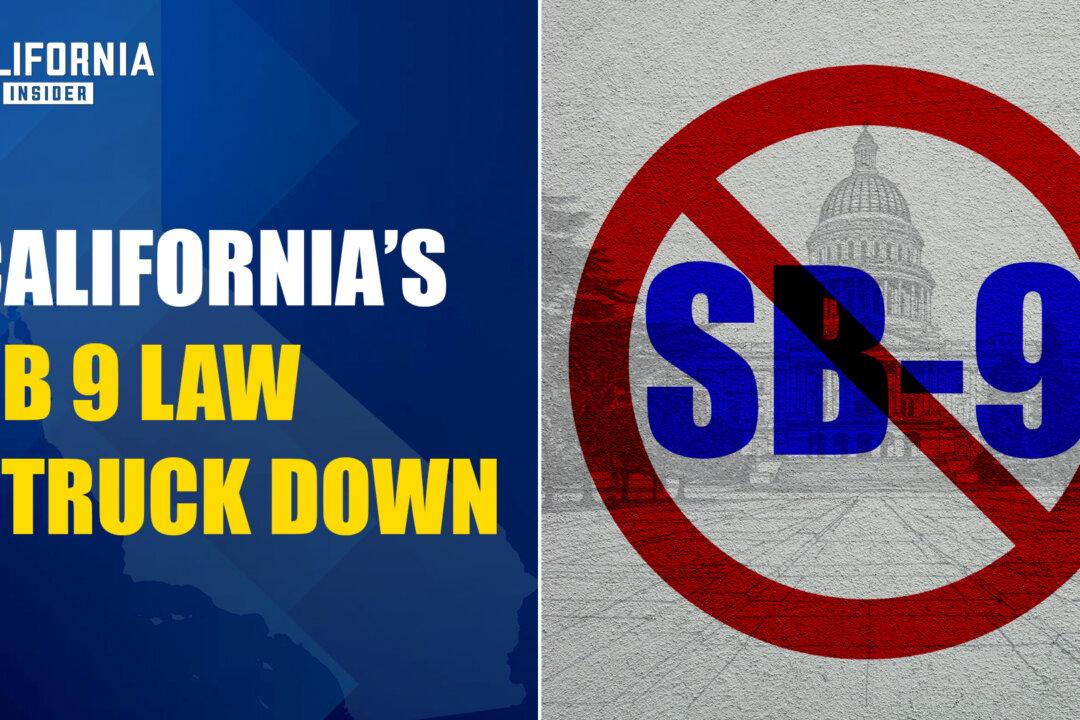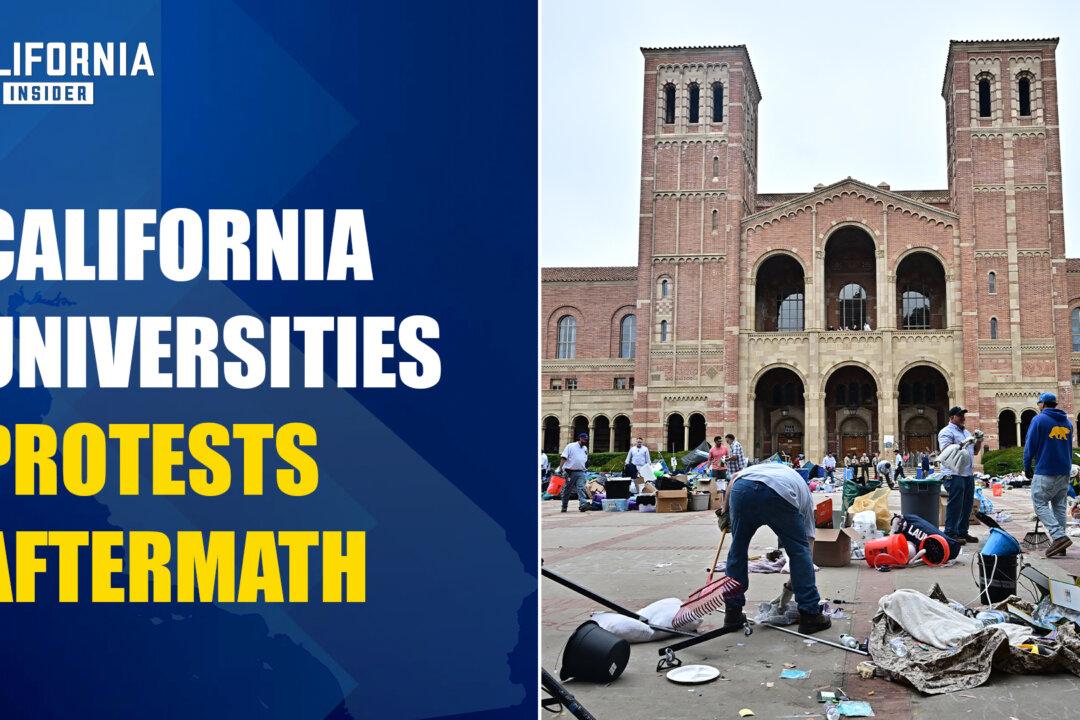0:00 LA Judge Strikes Down California Lot-splitting Law SB 9
2:45 SB 9 Law Impacted Single-family Neighborhoods
7:53 The Myth of Affordable Housing in California
12:50 What’s the Solution to Affordable Housing
California’s struggle with housing affordability and urban planning has prompted the state legislature to pass various measures aimed at increasing housing stock and addressing the soaring costs of living. One such measure, Senate Bill 9 (SB 9), has stirred considerable debate over its impact on traditional single-family neighborhoods and its efficacy in tackling the housing shortage. Jim Righeimer, former Mayor of Costa Mesa, provides a critical perspective on the practical implications of this legislation and its broader impacts on community living standards.
SB 9 represents a significant shift from traditional zoning laws by allowing duplexes on lots previously zoned for single-family homes. The bill goes further by permitting property owners to subdivide their lots, potentially doubling the housing units per lot. Righeimer criticizes this approach as overly simplistic, arguing that it fails to consider the complex infrastructural demands such as sewer and water systems needed to support additional residences. This aspect raises questions about the feasibility and sustainability of such densification efforts.
The practical challenges of doubling housing units on single lots are substantial. Infrastructure like sewer lines and roads often cannot support such sudden increases in density. Righeimer highlights the lack of foresight in legislative circles regarding these engineering necessities, suggesting that such plans could lead to significant disruptions in community functionality, from increased traffic to strained public services.
Aside from infrastructure challenges, SB 9’s economic impact is also a point of contention. Righeimer points out that while the intent behind the bill is to create more affordable housing, the actual outcomes contradict this goal. For example, the transformation of single-family lots into duplexes has often led to higher property values, making homeownership less attainable rather than more. Furthermore, this shift towards rental units over owner-occupied homes could alter the fabric of communities, potentially diluting the sense of ownership and stability that characterizes single-family neighborhoods.
Righeimer argues that SB 9 and similar legislative efforts, while well-intentioned, do not necessarily lead to more affordable housing. He suggests that building new, affordable units from scratch is inherently costly and that a more effective approach might involve utilizing existing housing stock more efficiently. This could include renovations or repurposing older buildings, which might provide cost-effective alternatives without necessitating new construction.
The former mayor also notes that SB 9 has faced legal challenges, with courts questioning the state’s overreach into local zoning affairs. This legal pushback underscores the tension between state and local governance in addressing housing issues, highlighting the complexity of implementing statewide solutions to what are often locally nuanced problems.
The housing crisis in California is a multifaceted issue that requires thoughtful, multi-pronged strategies. While SB 9 aims to increase housing availability by changing zoning laws, its execution and the broad range of unintended consequences illustrate the challenges of such top-down approaches. Solutions might instead need to come from a mix of state support and local innovation, with a keen eye on the diverse needs and capacities of communities across the state.
Jim Righeimer’s insights into the challenges posed by SB 9 provide a critical lens through which to evaluate future legislative efforts in housing. His perspective invites policymakers to consider the practical implications of such laws and to strive for solutions that balance the need for more housing with the preservation of community character and functionality.







